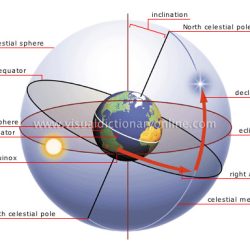The Madhava Trignometric series is one one of a series in a collection of infinite series expressions discovered by Madhava of Sangramagrama ( 1350-1425 ACE ), the founder of the Kerala School of Astronomy and Mathematics. These are the infinite series expansions of the Sine, Cosine and the ArcTangent functions and Pi. The power series expansions of sine and cosine functions are called the Madhava sine series and the Madhava cosine series.
The power series expansion of the arctangent function is called the Madhava- Gregory series.
The power series are collectively called as Madhava Taylor series. The formula for Pi is called the Madhava Newton series.
One of his disciples, Sankara Variar had translated his verse in his Yuktideepika commentary on Tantrasamgraha-vyakhya, in verses 2.440 and 2.441
Multiply the arc by the square of the arc, and take the result of repeating that (any number of times). Divide (each of the above numerators) by the squares of the successive even numbers increased by that number and multiplied by the square of the radius. Place the arc and the successive results so obtained one below the other, and subtract each from the one above. These together give the jiva, as collected together in the verse beginning with “vidvan” etc.
Rendering in modern notations
Let r denote the radius of the circle and s the arc-length.
The following numerators are formed first:
s.s^2,
s.s^2.s^2
s.s^2.s^2.s^2
These are then divided by quantities specified in the verse.
1)s.s^2/(2^2+2)r^2,
2)s. s^2/(2^2+2)r^2. s^2/4^2+4)r^2
3)s.s^2/(2^2+2)r^2.s^2/(4^2+4)r^2. s^2/(6^2+6)r^2
Place the arc and the successive results so obtained one below the other, and subtract each from the one above to get jiva:
Jiva = s-(1-2-3)
When we transform it to the current notation
If x is the angle subtended by the arc s at the center of the Circle, then s = rx and jiva = r sin x.
Sin x = x – x^3/3! + x^5/5! – x^7/7!…., which is the infinite power series of the sine function.
By courtesy www.wikipedia.org and we thank Wikipedia for publishing this on their site.

